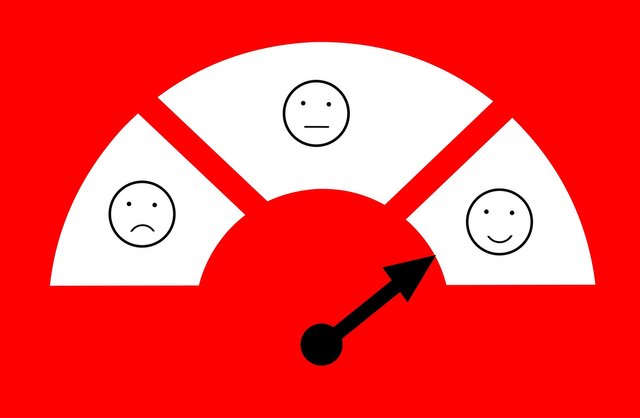Why on Earth do we need performance appraisal? (Part Two)
"Managers don't like it"... "Employees don't like it"... "It takes a lot of time to do it"... "Too much administration"... "Performance cannot be assessed objectively"... the complaints about the process are endless. Probably it is the most debated managerial responsibility nowadays. - Still, I am convinced that there is a better way of doing it but first, we have to understand its role and purpose.
In the previous part of this series, I was writing about the reasons why we need to evaluate performance. In this part, I will sum up the common characteristics of performance appraisal systems.
Goal setting
All performance appraisals operate with setting goals. Organizational psychology has proven it many times that a properly set goal will consequently improve performance. But when can we talk about a properly set goal?
- It is important to note that the goal should never be equal to the leadership requirements. A goal that is suitable for measuring performance should be challenging (an easily achievable goal cannot be motivating). Many organizations believe that it is not important if you finally cannot achieve your challenging goal because you will most probably produce something remarkable on the way.
- The goal should be very specific - you have to phrase exactly what you would like to achieve (what results or level of development will be satisfactory for you). The goal is not only about WHAT you would need to do but also about HOW you can do it well. Many organizations use the acronym SMART for phrasing their goals (a good goal is Specific, Meassurable, Action-oriented, Realistic, Time-bound).
- The goal should make priorities clear for the employees, therefore it is important to set goals that would relate to important areas of their work responsibilities. Goals should pinpoint areas that the given employee should focus on during the next evaluation period.
- "Challenge" will not mean the same for every employee, therefore a good goal is also unique and personalized, this is the part of the appraisal that we can tailor the most.
Performance levels
The results of the appraisal (which is usually the average of the evaluation of the achievement against the goals set for the previous period and the scoring in some work-related competencies) are usually summarized in an overall score or percentage. The scores are then usually converted into certain performance levels. The number of these levels are different from company to company but the leadership requirement is usually on one of the middle levels. Eg. here is a 5-level system from Google (here the expected level is 2 - they are really famous of their challenging goals):
- Needs development
- Meets requirements regularly
- Performs better than the requirements
- Performs significantly better than the requirements
- Outstanding performance
Frequency of the feedback
There are all sorts of variations: annual, semiannual, monthly, weekly feedbacks but some organizations even went to the extremes when they have introduced "real-time" feedback. The shorter periods are usually introduced because when applying these the results are less distorted. (There is a common distortion that we can observe when examining appraisals: managers tend to remember the last few weeks/months better, so the events and results of this period may be overrepresented in the appraisal. Many employees also know this and they try to approach their bosses with suggestions or interact more during these weeks.)
It is important to note at this point that an effective performance appraisal system not only measures performance but also improves it.
In the next part of this series I am going to talk about this aspect: how can the performance appraisal motivate us to improve our competencies and knowledge? How can it develop our growth mindset
Stay tuned... 😊
